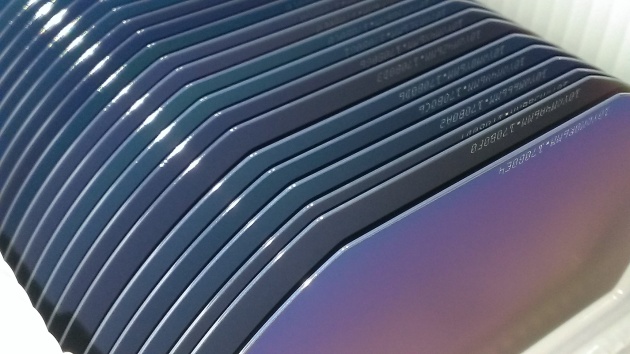Silicon (Si) is the most extensively utilized component in semiconductor gadgets. Its mix of cheap raw material price, reasonably easy processing, and also a useful temperature level make it currently the best compromise amongst the different competing components.
The main reasons are the following: –
- Silicon is cheaper because of 8th most popular element by mass as well as plenty offered on the surface of the our planet.
- Silicon can conveniently able to react with oxygen and also generates SiO2 that is utilized as a best insulator in semiconductor industry as a dielectric as well as in IC manufacture procedures like diffusion, Ion implantation.
- While effective transistors are preferable, the actual target is integration, placing billions of transistors on the same chip. A stable oxide and effective substratum isolation were secrets to silicon’s success.
- Silicon has a far better temperature level , low leakage, and is less expensive, one point which guaranteed its development.
- Since of availaibility of free electrons in its valence shell, Silicon has greater conductivity.
- Silicon can be simply oxidized to develop thin layer of SiO2 (needed below the gate) and thick oxide utilized else where to separate parts or wells from each other. All it takes is completely dry N2, H20 as well as temperature level regulated oven.
- Silicon has high band gap. So much less leak current. High temperature level stability.
- The thermal dioxide of Silicon can be much more pure and also versatile to development directly on device surface, which is can be more thin, much more stable, having small internal flaws density.
